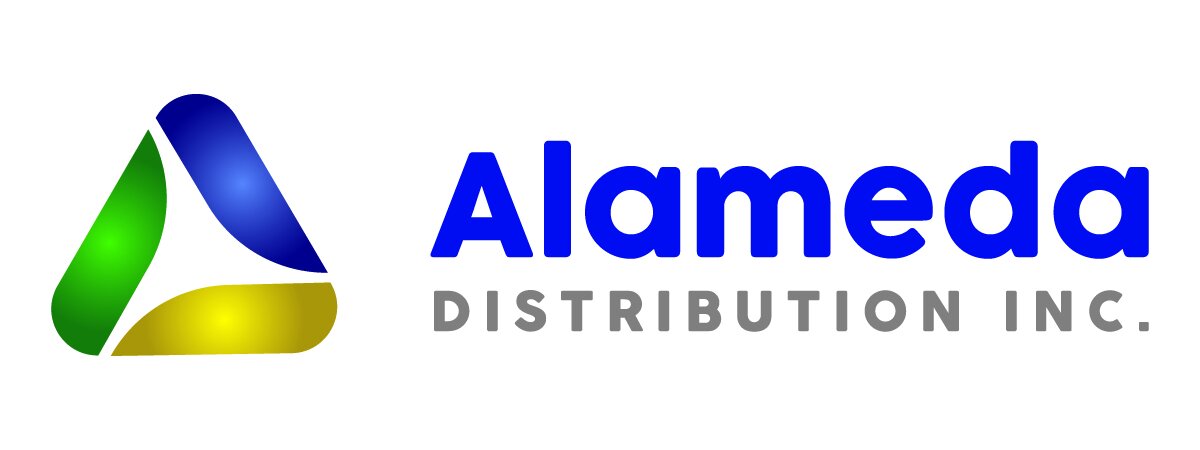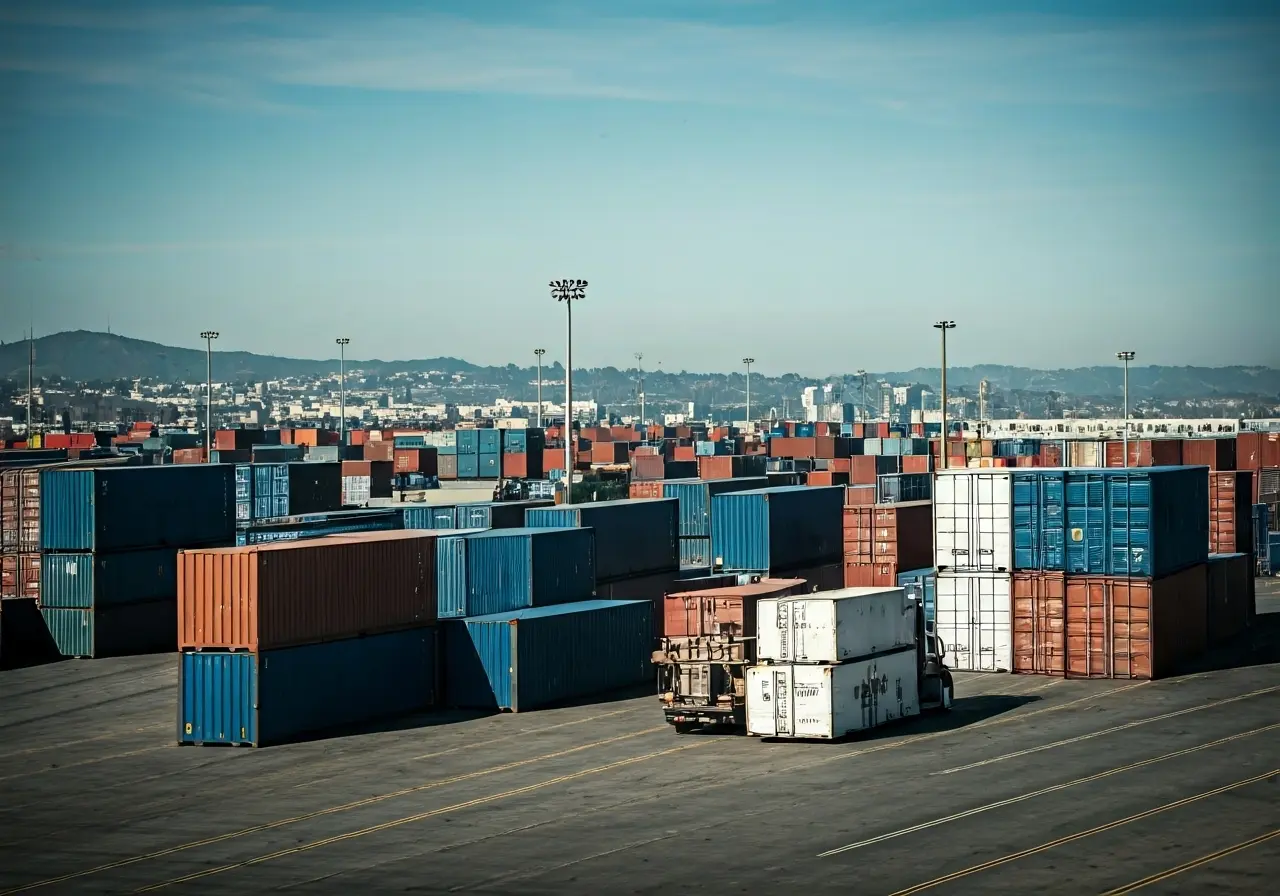What Are Drayage Companies and How Do They Operate in Los Angeles?
Navigating the bustling world of logistics in Los Angeles requires an understanding of various moving parts, one of which is drayage companies. These unsung heroes play a crucial role in transporting goods across short distances, particularly in port cities like LA. This blog explores what drayage companies are, their functions, and how they operate within the dynamic landscape of Los Angeles.
Understanding Drayage: The Basics
Drayage is a term that refers to the transport of goods over short distances, often as part of a longer logistics chain. In Los Angeles, this service is often linked with the immense throughput of imported goods arriving at the ports. The process might be short, but it is a critical cog in the vast machine that is global trade logistics. Put simply, without efficient drayage services, the supply chain would face massive delays, leading to increased costs and potential loss of perishable goods.
While the term 'drayage' might sound archaic, its relevance is more pronounced than ever in today's fast-paced world. The roots of this term trace back to dray horses that once hauled carts of goods across towns. Fast forward to today, modern drayage involves a fleet of trucks designed to quickly transport cargo containers, emphasizing the evolution of this industry into a multi-billion dollar service, especially in a logistics hub like Los Angeles.
The Importance of Drayage Companies in Los Angeles
With massive ports like the Port of Los Angeles, the need for efficient transport from docks to warehouses is paramount. Drayage companies bridge this gap by ensuring that containers are moved quickly and efficiently to their next destination. The importance of these companies is underscored by their ability to alleviate congestion at port terminals, allowing for a continuous flow of goods. This ability to maintain smooth operations not only helps local businesses but also contributes to the economy at large.
Los Angeles, with its expansive network of highways and rail lines, is ideally positioned to serve as a centerpiece for drayage operations. Drayage companies thus play a pivotal role in facilitating international trade, making them indispensable for industries dependent on timely deliveries. Their impact extends beyond just transportation; they provide logistical solutions that cater to the unique challenges posed by urban environments, ensuring goods reach their final destinations efficiently.
Moreover, the strategic significance of the Los Angeles region in global trade cannot be overstated. As one of the busiest ports in the United States, it acts as a gateway for goods entering the country. Drayage companies are, therefore, not just service providers but vital participants in a complex network that supports regional and national economic growth.
How Drayage Operations Work
The operation involves coordinating trucks, drivers, and logistics software to schedule pickups and drop-offs. This coordination ensures that goods keep moving without delay, a crucial aspect of meeting supply chain demands. The process starts with a container being offloaded from a ship and placed on a drayage vehicle. Advanced logistics systems are then employed to determine the most efficient routes and timings for deliveries, effectively reducing wait times and optimizing fuel consumption.
One of the fascinating aspects of drayage operations is the integration of technology. Real-time GPS tracking, automated scheduling, and AI-driven analytics are increasingly employed to enhance efficiency. These technologies enable companies to provide superior service, increase transparency, and improve customer satisfaction. Furthermore, the automation of certain operational aspects has allowed drayage companies to cut down on costs while also significantly reducing the margin of error in logistics planning.
Effective drayage operations require a keen understanding of regulatory requirements. Navigating the complex web of maritime, transportation, and environmental regulations is not an easy task, but it is essential for the smooth operation of drayage services. Companies often have compliance teams that ensure these regulations are met, reducing the risk of fines or disruptions.
Challenges Faced by Drayage Companies
Drayage companies face numerous challenges, including traffic congestion, strict regulations, and environmental concerns. Tackling these issues requires innovative solutions and the ability to adapt swiftly to changing conditions. Particularly, traffic congestion in Los Angeles can lead to significant delays, which in turn can affect the entire supply chain. Companies are therefore investing in smart traffic management systems and developing new strategies to navigate through these urban obstacles efficiently.
Another pressing issue is the stringent regulations imposed on emissions by both the state and federal governments. Drayage companies must ensure that their fleets meet these requirements, leading to increased costs as they update or replace older, less efficient vehicles. However, some companies embrace this challenge as an opportunity for growth and improvement, adopting sustainable practices and investing in green technologies to align with these regulations.
Beyond regulatory and logistical hurdles, drayage companies also contend with labor shortages and rising fuel prices. To mitigate these issues, many are forming strategic partnerships, utilizing cost-sharing techniques, and employing alternative fuels, which not only help in cutting costs but also serve as an environmentally friendly alternative.
Emerging Trends in the Drayage Industry
Technology plays an increasingly vital role in drayage operations, from advanced routing software to eco-friendly vehicles. These innovations help companies optimize their operations and reduce their environmental impact. For instance, many drayage companies are now incorporating electric trucks into their fleets, aiming to reduce carbon footprints and comply with emission standards.
The use of autonomous vehicles is another trend on the horizon, promising to revolutionize drayage operations by improving efficiency and reducing labor costs. Although still in the experimental stage, several companies are testing autonomous truck deliveries, which could reshape the industry's landscape in the coming years. This advancement signifies a shift towards more technologically driven logistics solutions, enhancing overall supply chain efficiency.
Similarly, blockchain technology is being explored as a means to increase transparency and security in logistics. By providing an immutable ledger of transactions, blockchain can streamline operations, facilitate real-time tracking, and improve interaction between companies and clients. This technology could ultimately lead to greater trust and cooperation in the broader supply chain.
Wrapping Up the Role of Drayage Companies
In a city as vibrant and busy as Los Angeles, drayage companies are integral to keeping the wheels of commerce turning smoothly. By efficiently managing the transportation of goods between ports and distribution centers, these companies help maintain the flow of trade essential for businesses and consumers alike. Whether you're in the logistics industry or simply curious about it, understanding the role of drayage companies offers valuable insights into the broader supply chain system. To learn more about our comprehensive logistics services, visit Alameda Distribution's homepage.

